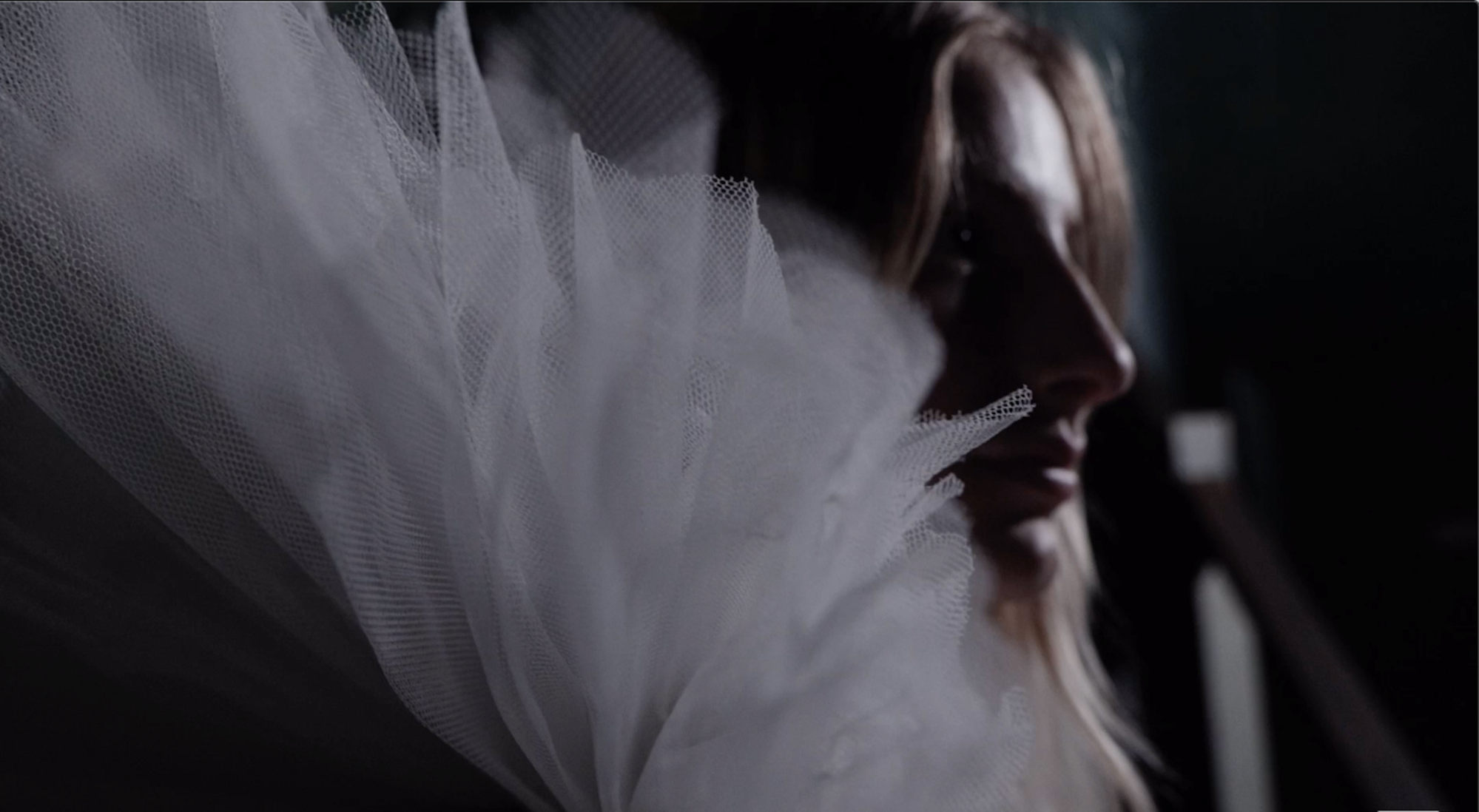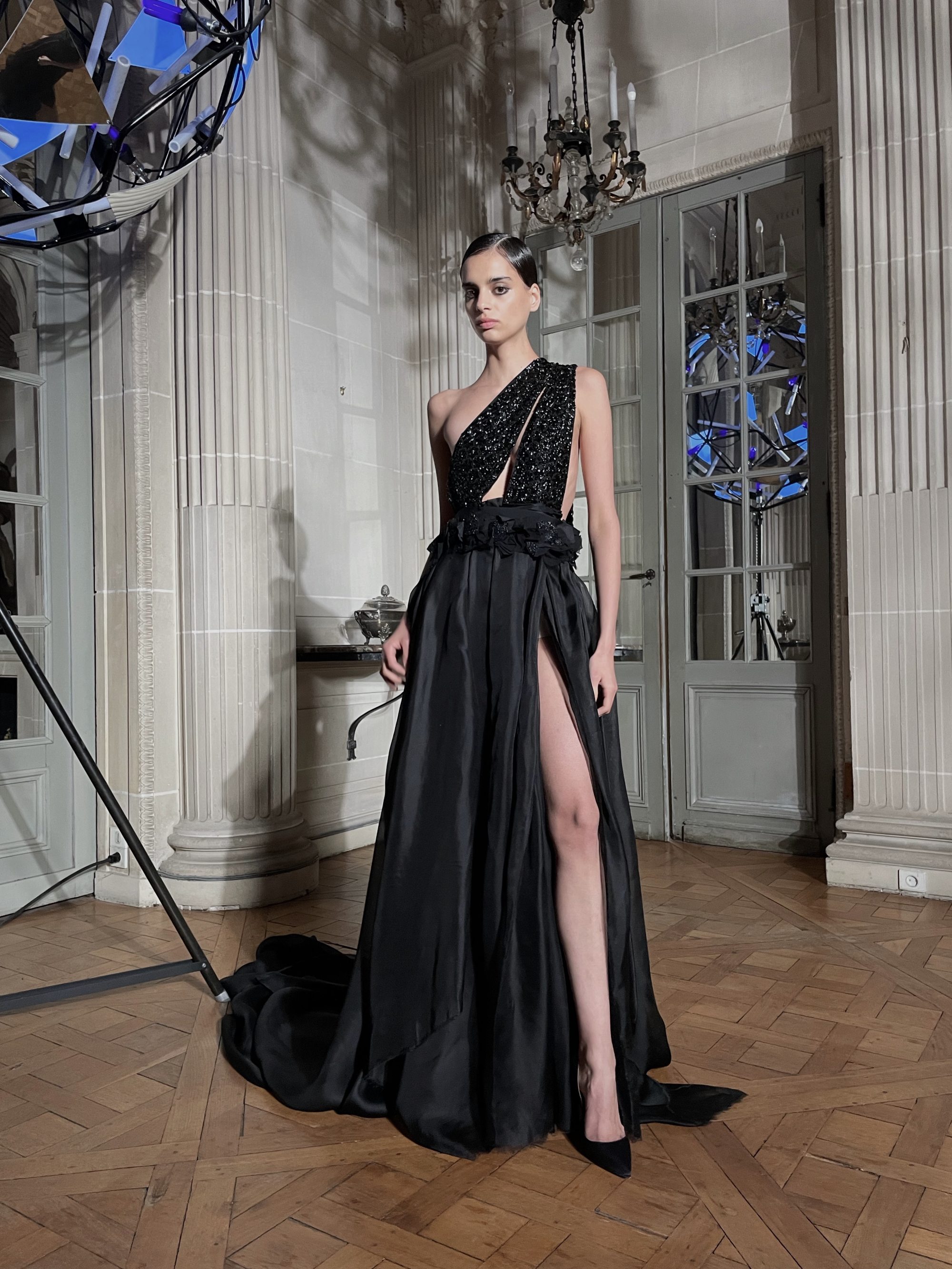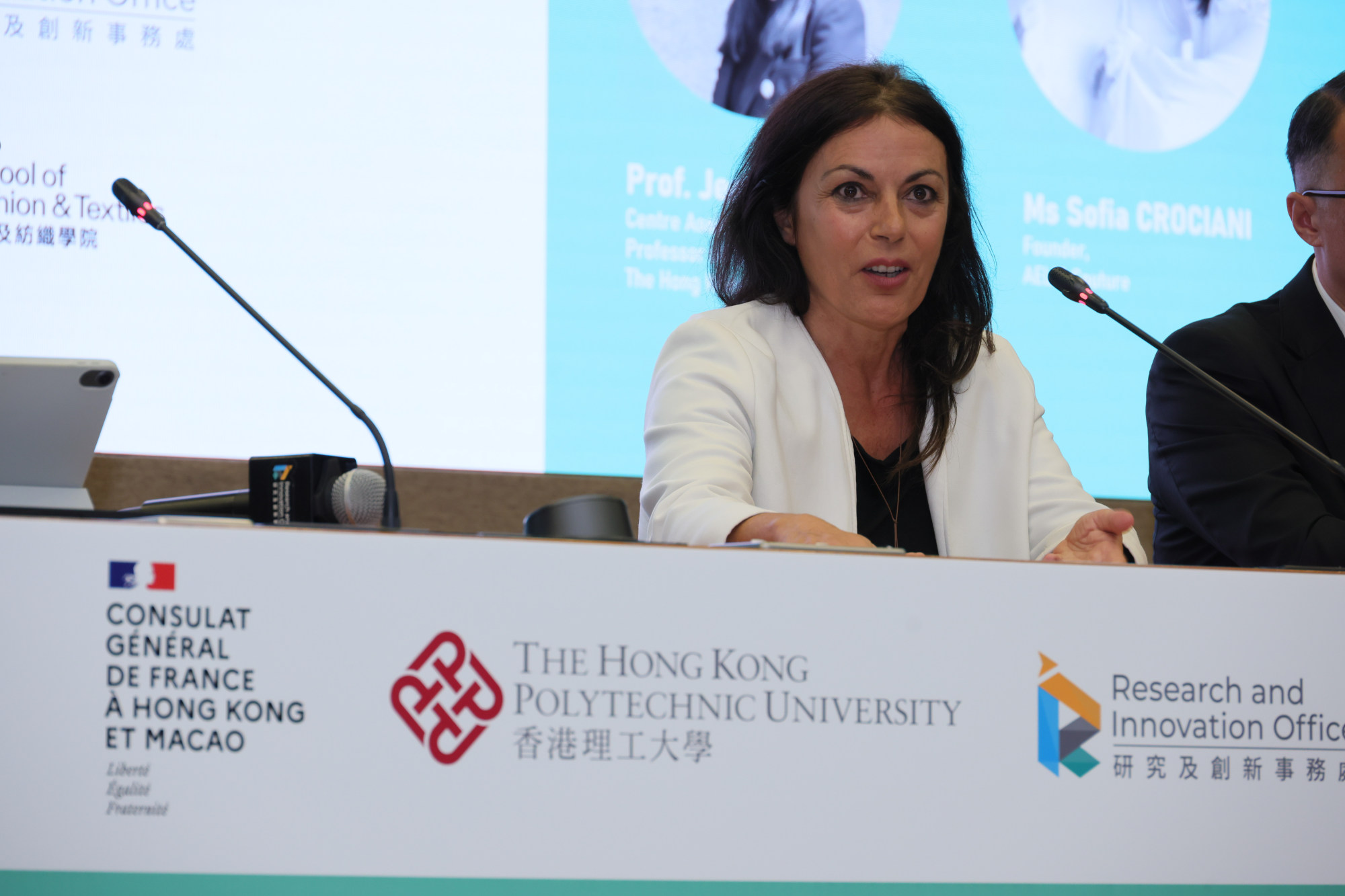
Fashion trends? No thanks – sustainable Aelis Couture is all about ‘art-to-wear’ creations made from old fabrics and found objects
- Haute couture gowns repurposed from old Paris Opera Ballet tutus, a dress made using humanely collected fallen feathers – Aelis Couture does things differently
- The couture house specialises in ‘ecological, ethical, sustainable art-to-wear’ creations, and founder Sofia Crociani wants more luxury fashion brands to follow
When fashion designer Sofia Crociani was given a set of vintage tutus from the Paris Opera Ballet’s archives, she was enthralled by their history. In the well-worn costumes she saw an opportunity to add to a legacy – by repurposing them into gowns for Aelis Couture, her couture house.
“I was very happy to be with that project, [restoring] a tutu that has already had a fantastic life,” she says of the outfits, which starred in Aelis’ spring/summer 2023 collection. “It was an incredible occasion to have a beautiful dress that was coming to us and becoming something else.”
The couture house, which Crociani founded in 2017, specialises in “ecological, ethical, sustainable art-to-wear” creations.

But these same rules put couture in unexpected alignment with “slow fashion”: they result in clothes that are made to measure in extremely limited quantities, constructed almost entirely by hand and by a small group of craftspeople.
Four upcycling designers give new life to luxury fashion
While environmental, social and governance (ESG) concerns have not always been a priority for brands, she suggests that luxury and sustainability can be complementary concepts.

“But it is also an attitude. Luxury, it is [about taking] the time to respect what you have, the objects that are around you,” she adds.
Often, Aelis’ creations are inspired by nature and repurposed vintage items. For the brand’s spring/summer 2023 collection, a 1920s flapper dress Crociani found at an auction was fitted with an organic silk layer to form an upcycled evening gown, while a gown from a previous season used humanely collected fallen feathers that took two years to gather.

Each collection also features at least one piece made using fabric repurposed from a previous season.
France, as a global fashion capital, has been keen to position itself at the fore of this movement: in addition to launching the Fashion Pact, a business initiative to commit to a set of common environmental goals, French President Emmanuel Macron told leading luxury designers in 2020 that Paris needed to “lead by example” and ramp up sustainability efforts.

Many prominent cultural entities have stepped up since. In 2020, Paris Fashion Week announced several measures to minimise the event’s impact on the environment, including cutting out single-use plastic.
The luxury group LVMH now runs an online platform to resell leftover fabric from its workshops, and numerous designers have begun experimenting with textiles made from recycled material.

“I didn’t want to be in a trend because trends [are about what is in] fashion. So in one year, maybe it won’t be a trend, maybe it’s going to be out of fashion. For us, it has never been like that,” she says, adding that she does not consider Aelis’ clients to be “consumers” because of how much they pay for their one-of-a-kind outfits.
But how much of an impact could haute couture – by nature impossible to scale, with its tightly controlled craftsmanship and tiny client pool – hope to make?

“What I can say is that when you try to do something at a very high level, the impact [on] everybody is very strong”, says Crociani, arguing that haute couture has a trickle-down effect on the broader fashion industry because of its cultural significance.
Not everyone shares this view.
“Given the exclusivity [of haute couture], the absolute impact of reducing the impact on the environment is not much,” said Dr Chris Lo, a professor in the School of Fashion and Textiles at Hong Kong Polytechnic University and the director of its master’s programme in sustainable fashion and innovation, who also spoke at the event.
Referring to the broader luxury sector, he pointed out that as luxury brands often require top-quality materials, they may need to discard cuts that fail to meet their standards and generate more waste as a result.
Fashion is still greenwashing about sustainability
“Thus, most luxury brands are still hesitant to put too much emphasis on sustainability to avoid any potential backlash,” said Lo.
What we must understand, says Crociani, is that every action that we perform has a reaction.
“And so we have to be really conscious of what we want to produce and the trace that we leave in the world.”

